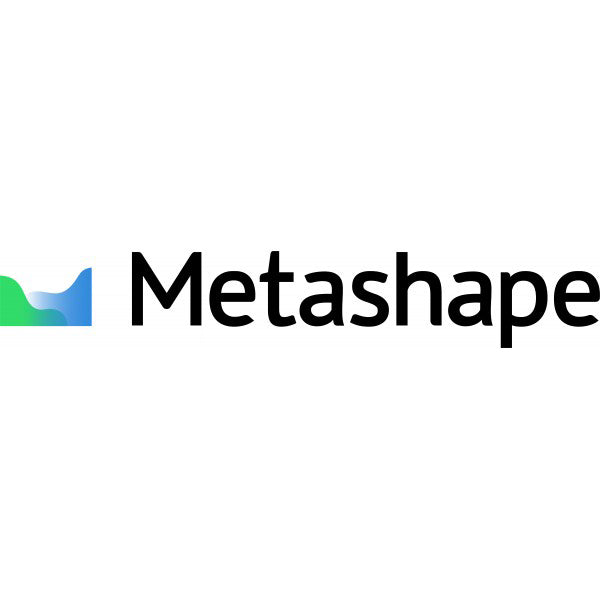

3D polygonal mesh model represents the object surface based on the dense or sparse point cloud, this type of surface representation is not always required, so the user may choose to skip mesh model generation step. The third stage is generation of a surface: Mesh and/or DEM. Dense point cloud may be edited and classified prior to export or proceeding to the next stage.ģ. The next stage is generating dense point cloud, that is built by Metashape based on the estimated camera positions and pictures themselves.

On the contrary, the set of camera positions is required for further 3D surface reconstruction by Metashape.Ģ. For instance, the sparse point cloud model can be used in a 3D editor as a reference. However it can be exported for further usage in external programs. The sparse point cloud represents the results of photo alignment and will not be directly used in further processing (except for the sparse point cloud based reconstruction method, that is not recommended). As a result a sparse point cloud and a set of camera positions are formed. At this stage Metashape searches for common points on photographs and matches them, as well as it finds the position of the camera for each picture and refines camera calibration parameters.

The processing procedure includes four main stages.ġ. Generally the final goal of photographs processing with Metashape is to build 3D surface, orthomosaic and DEM. Photos can be taken from any position, providing that the object to be reconstructed is visible on at least two photos.īoth image alignment and 3D model reconstruction are fully automated. Throughout various case studies Metashape proves to produce quality and accurate results.Īgisoft Metashape is an advanced image-based 3D modeling solution aimed at creating professional quality 3D content from still images. Based on the latest multi-view 3D reconstruction technology, it operates with arbitrary images and is efficient in both controlled and uncontrolled conditions.

Wisely implemented digital photogrammetry technique enforced with computer vision methods results in smart automated processing system that, on the one hand, can be managed by a new-comer in the field of photogrammetry, yet, on the other hand, has a lot to offer to a specialist who can adjust the workflow to numerous specific tasks and different types of data.


 0 kommentar(er)
0 kommentar(er)
